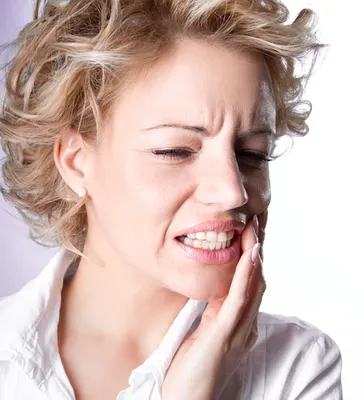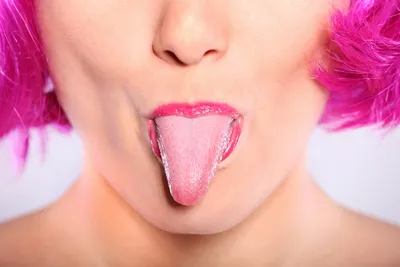I’m sure everyone can relate. At one time or another, we’ve all defied reason because sometimes, sometimes it’s just plain unreasonable to wait the designated amount of time to bite into that gooey pizza pop you’ve just plucked from the searing hot toaster oven. In reality when hungry tummy wins the war over patience, you know you’re gonna get burned. So here’s what to do when you badly scald the roof of your mouth or tongue…
1. Feel the Burn
From piping hot pizza slice to oh-so-cozy (but way to hot) cuppa soup—there are times when we throw patience and caution to the wind in favor of ravenous hunger. You might have had one to many glasses of wine (I’m not judging) before biting into that pot pie, or you might be rushing out the door to work while trying to squeeze in one final cup of sanity, I mean coffee.
Either way, it’s too late when you feel that sear on the side of your cheek or tip of your tongue. You got scalded, and even though it’s not a third-degree burn by any means, it still hurts like heck. Now what do you do?
2. Know the Burn
Luckily, experts from the American Dental Association can provide a sound explanation for the burn you get on your mouth or tongue when scarfing down a too-hot cup of tea or a sneaky spoonful of Mom’s spaghetti sauce when she had her back turned.
These minor first-degree burns from piping hot food aren’t emergency room serious, but they still cause damage to the outermost layer of delicate skin, or lining, on the roof of your mouth and sides of your cheeks.
3. Understand the Burn
According to Mayo Clinic dermatologist, Dr. Alison Bruce, “[The majority of] mouth burns are first-degree burns, and [rarer] second-degree [in nature] that damage epithelium cells,” which are the cells contained in the outermost layer of skin of your mouth and tongue.
Dr. Bruce explains that unlike the skin on the rest of your body that contains an extra fatty layer between it and the bone underneath, it’s easier to sear the inner mouth because of the superficial nature of the mouth’s inner lining, which means this skin has no extra spongy layer between it and bone.
4. Here Comes the Swelling and Blisters…
You already know what happens if you burn your mouth with a too-hot sip of hot cocoa. However, medically speaking the first degree-burn that results will cause the superficial epidermis to inflame and redden in response as blood and fluids attempt to aid healing.
If the burn is broaching the second degree mark, you may even experience blistering, and pain until the skin begins to heal and wounded tissue peels away to reveal new, healthy tissue.
5. Pain Relief, Stat!
According to Healthline.com the pain and swelling you feel after a mouth burn means you’re healing. However, if the pain is throbbing or making it difficult for you to eat, drink, and talk, you can try applying a topical (numbing type) oral gel directly to the area.
The source also notes that rinsing your mouth with cold water directly following the burn can also reduce heat and swelling, not to mention provide some relief. You can additionally soothe the singe by taking an over the counter oral pain reliever (i.e., acetaminophen or ibuprofen).
6. Now it’s Healing Time
For a typical first-degree mouth searing you won’t need to see a doctor unless you experience long-lasting pain or breathing issues. However, I will personally attest to the fact that you’ll probably never disregard the suggested wait time on a pizza pocket in this lifetime.
In the meantime, give your burn adequate time to heal. Healthline.com advises that the epidermis in the mouth typically rejuvenates quickly, in about a week, and there won’t likely be any permanent damage to the taste buds on the mucosal surface of your tongue.









